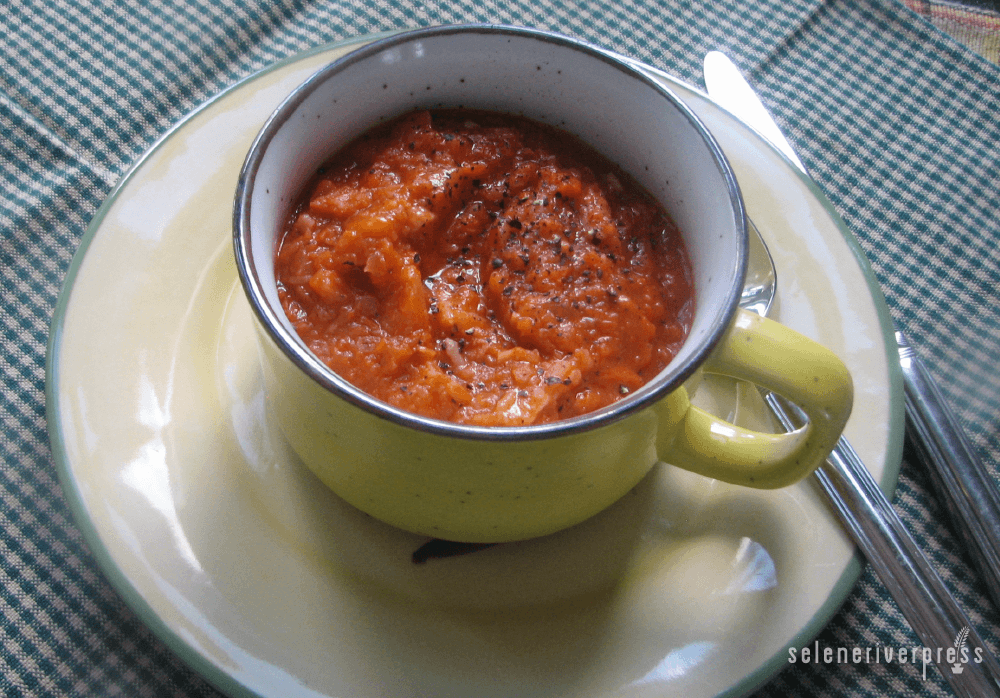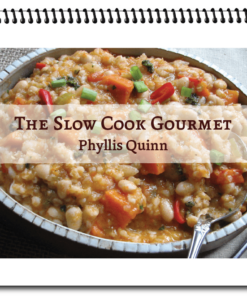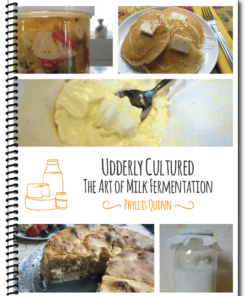Ask Chef Phyllis:
It’s winter, and I need to learn to make a good soup. My husband is now on a restricted diet, with low or less salt required for health reasons. So I began reading the labels on processed foods at the supermarkets, mostly on sodium contents of canned soups, and I was amazed. Not only was the sodium really high in these soups, but my husband could easily eat twice the recommended serving size. I need a class on Soup Making 101. Can you help?
—Audrey Meyers from Aurora, CO
Without a doubt, soup is the backbone of a good cook’s repertoire. It’s easy to master, and once you do you can control the sodium and substantially improve the nutritional properties over canned soups. Soup is also basic good eating. It’s versatile and—as I know you know—very satisfying.
Mirepoix, soffritto, Suppengrün—whatever different countries call it—is the combination of onion, carrot, celery, and sometimes green bell pepper found in Cajun and Creole soups. These ingredients are a proven foundation for nearly any soup, gumbo, coulis, or stew.
Beside the mirepoix mentioned above, here are the key ingredients: any vegetables in season, sometimes an inexpensive cut of braised meat, a good homemade stock or bone broth, and/or water. I find it interesting that adding or changing just a few key ingredients sometimes yields a totally different soup.
For example, add diced potatoes, clams, and some Old Bay seasoning to the basic tomato vegetable soup below, and voila—you have a close to perfect Manhattan clam chowder. Add cooked cannellini beans, small diced zucchini, and small cooked tubular pasta—you have classic minestrone. Let your taste dictate your next masterpiece, Audrey. It’s an adventure waiting to happen.
Basic Tomato Vegetable Soup
This recipe yields a half gallon of soup.
Ingredients
3 tablespoons olive oil
3 tablespoons butter
2 carrots, peeled and diced small
2 ribs celery, green leafy tops diced
4 medium yellow or red onions, diced
1 (28 oz.) can organic fire-roasted whole tomatoes
1–1½ quarts homemade stock, vegetable stock, or water
1 tablespoon Italian seasoning (substitute Old Bay seasonings for chowders)
2 tablespoons half & half or whole milk
1–1½ teaspoons sea salt and ground black pepper, or to taste
Optional add-ins:
2 cloves minced garlic (for minestrone)
1 cup cooked small diced potatoes
1 cup cooked small diced parsnip or turnip
½ bag frozen peas
½ bag frozen cauliflower or broccoli
Instructions
- Place olive oil and butter in a large pot set over high heat. Add prepared carrots, celery, and onions. Sauté until onion is translucent but not browned. Lower heat to medium.
- Add fire-roasted tomatoes, breaking them up with a wooden spoon. Add stock or water, Italian seasoning, and half & half or milk. Stir well. Add sea salt and pepper to taste.
- Reduce heat to low. Cover the pot and cook for about 30 minutes. Check the soup and stir every 15 minutes. Serve as is, or if you wish to make a creamy soup, use an immersion blender until the desired consistency is reached.
- Freeze in quart containers with 1 inch of head room. (Tomato based soups will keep in the freezer for about 6 months.)
AUTHOR’S NOTE
To choose your organically grown and fresh ingredients wisely, use the following criteria:
- chemical- and hormone-free meat
- wild-caught fish
- pasture-raised, organic eggs
- whole, unrefined grains
- virgin, unrefined, first-press organic oils
- whole-food, unrefined sweeteners
- pure, clean, spring water
- sea salt
- raw and/or cultured milk and cream products
Photo by Phyllis Quinn




Soup is the best.